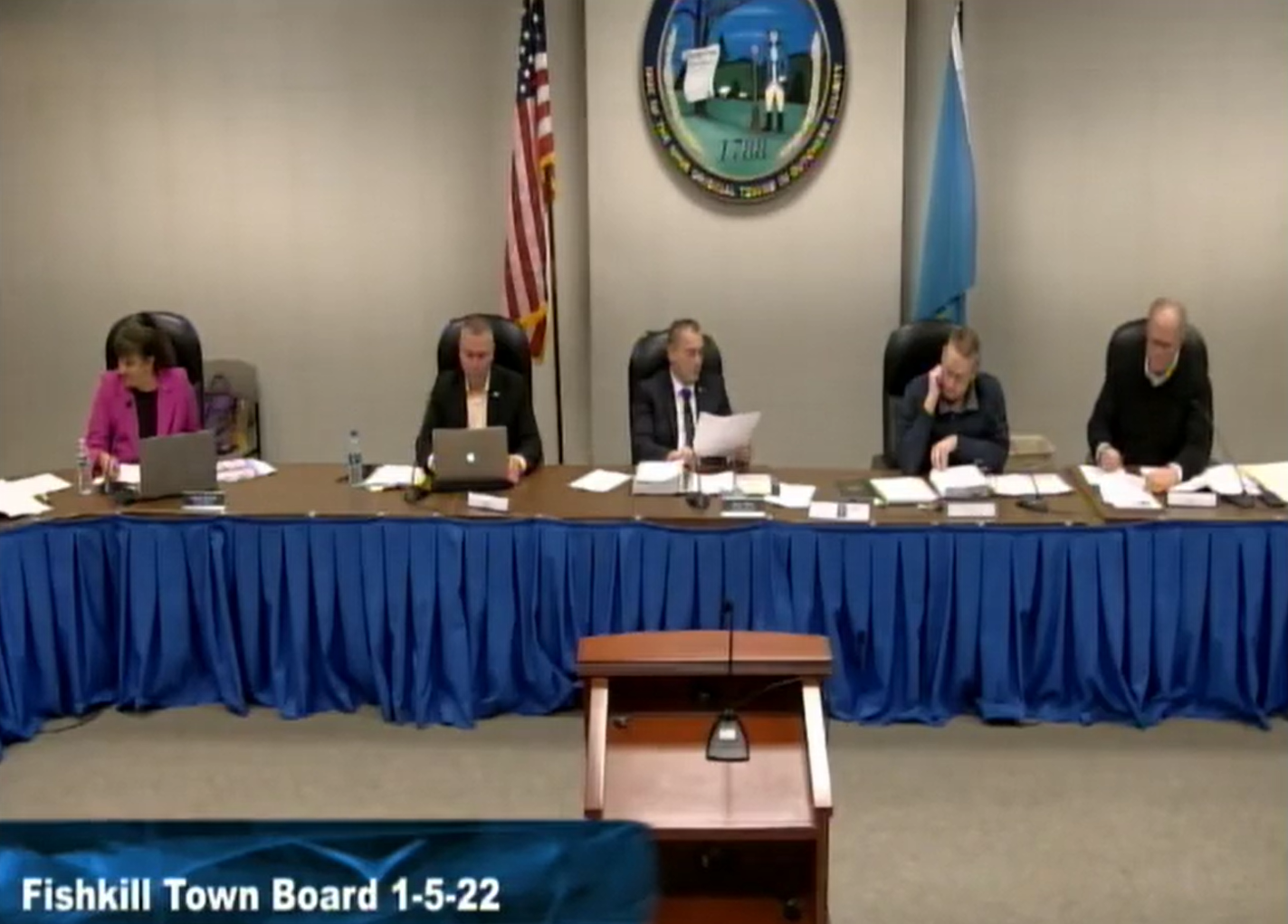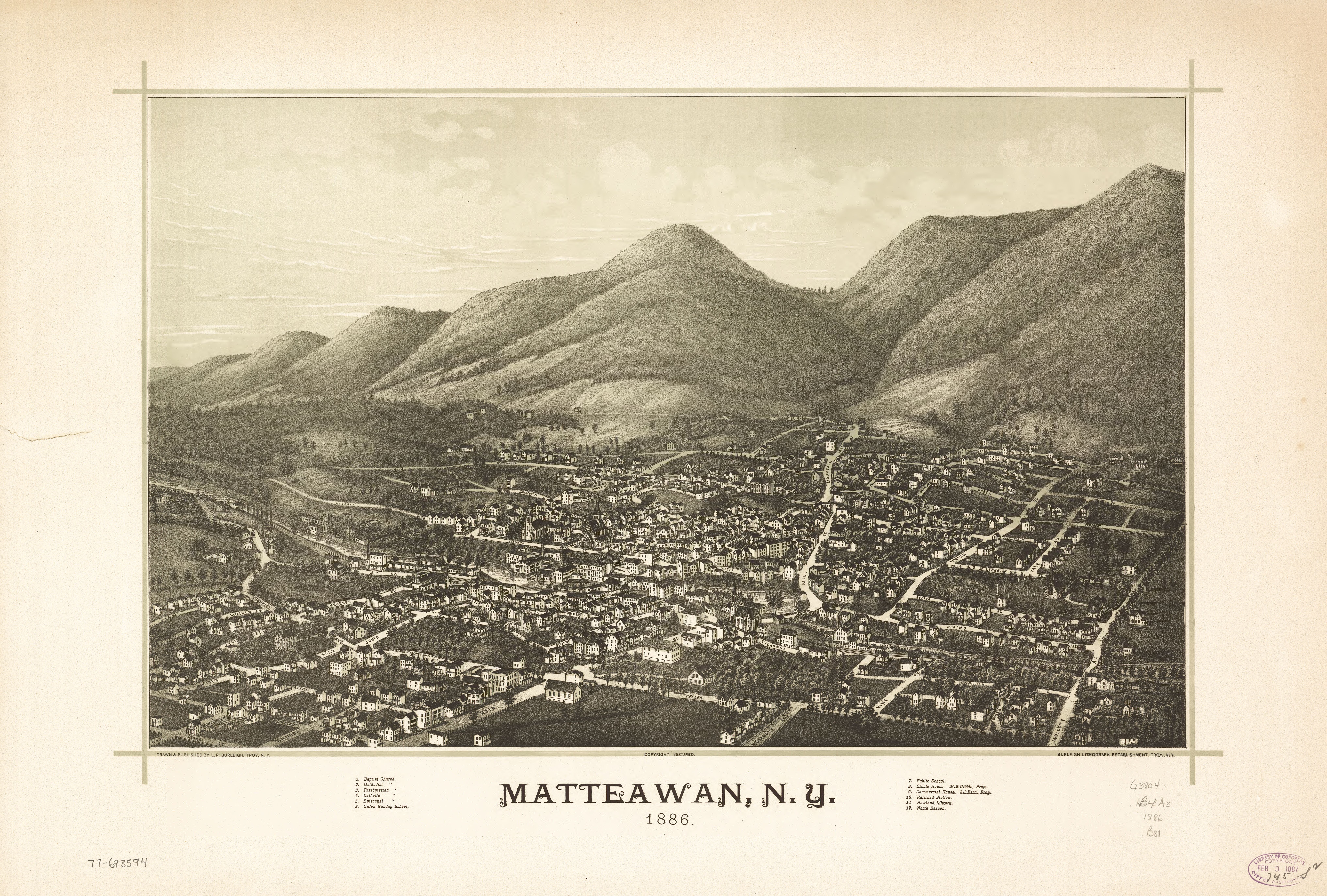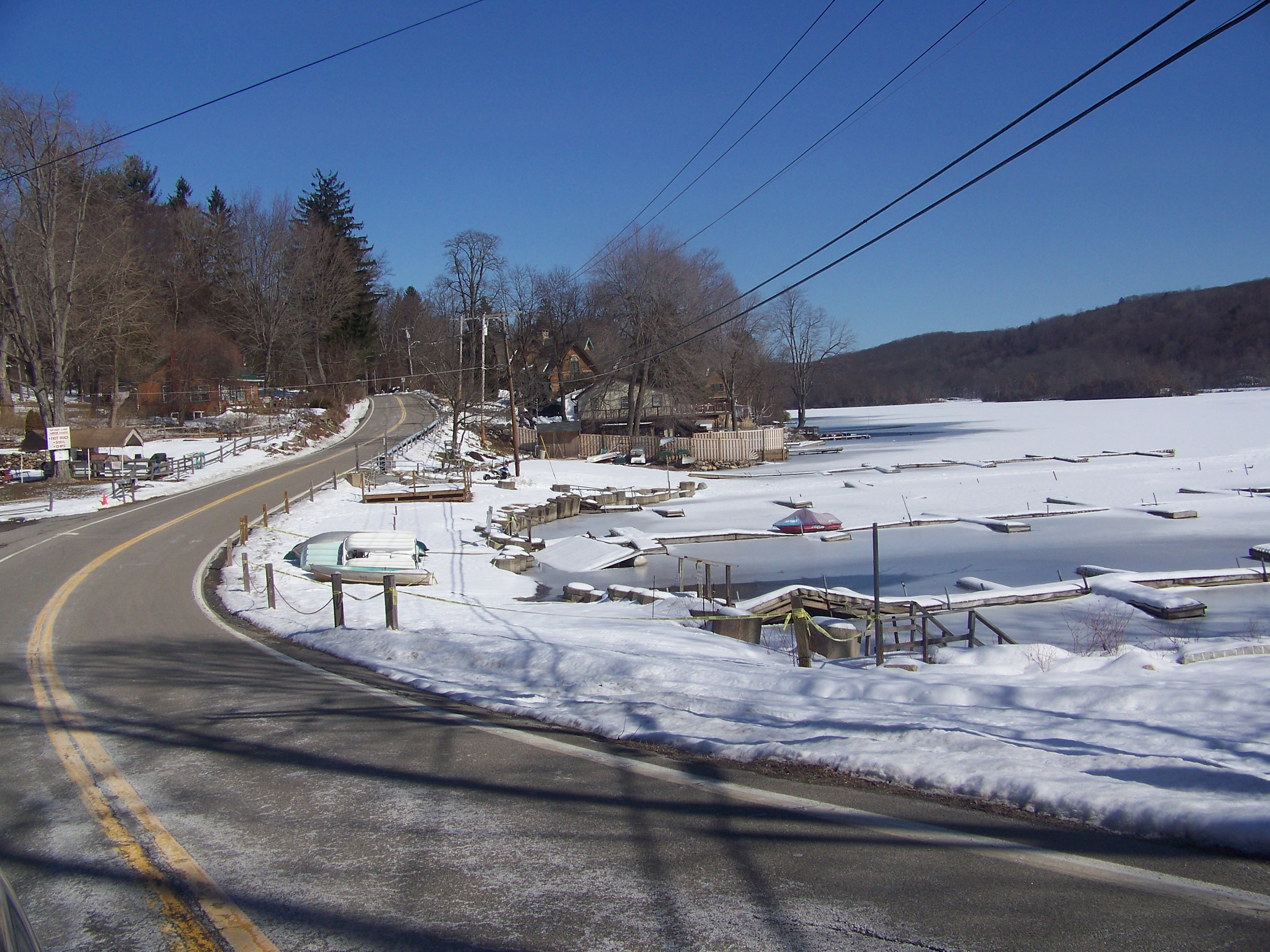|
Fishkill (town), New York
Fishkill is a town in the southwestern part of Dutchess County, New York, United States. It lies approximately north of New York City. The population was 22,107 at the 2010 census. Fishkill surrounds the city of Beacon, and contains a village, which is also named Fishkill. The name Fishkill derives from the Dutch words ''vis kill'', meaning "fish creek". The location of Fishkill was known as ''Tioranda'' by the Native American peoples. The name means "The place where two waters meet". Fishkill is one of the nine original towns in Dutchess County, and is best known today for its rich history dating to the American Revolutionary War period and scenic views of the Hudson Highlands. History In 1683 New York City merchants Francis Rombouts and Gulian Verplanck purchased in Dutchess County from the Wappinger confederacy of Native Americans for a quantity of goods including rum, powder, and tobacco. In 1685 it was granted as the royal Rombout Patent. Neither ever lived on the lan ... [...More Info...] [...Related Items...] OR: [Wikipedia] [Google] [Baidu] |
Administrative Divisions Of New York
The administrative divisions of New York are the various units of government that provide local services in the State of New York. The state is divided into boroughs, counties, cities, townships called "towns", and villages. (The only boroughs, the five boroughs of New York City, have the same boundaries as their respective counties.) They are municipal corporations, chartered (created) by the New York State Legislature, as under the New York Constitution the only body that can create governmental units is the state. All of them have their own governments, sometimes with no paid employees, that provide local services. Centers of population that are not incorporated and have no government or local services are designated hamlets. Whether a municipality is defined as a borough, city, town, or village is determined not by population or land area, but rather on the form of government selected by the residents and approved by the New York Legislature. Each type of local govern ... [...More Info...] [...Related Items...] OR: [Wikipedia] [Google] [Baidu] |
Beacon, New York
Beacon is a city located in Dutchess County, New York, United States. The 2020 census placed the city total population at 13,769. Beacon is part of the Poughkeepsie– Newburgh– Middletown, New York Metropolitan Statistical Area as well as the larger New York– Newark–Bridgeport, New York–New Jersey–Connecticut–Pennsylvania Combined Statistical Area. Beacon was so named to commemorate the historic beacon fires that blazed forth from the summit of the Fishkill Mountains to alert the Continental Army The Continental Army was the army of the United Colonies (the Thirteen Colonies) in the Revolutionary-era United States. It was formed by the Second Continental Congress after the outbreak of the American Revolutionary War, and was establis ... of British troop movements. Originally an industrial city along the Hudson, Beacon experienced a revival beginning in 2003 with the arrival of Dia Beacon, one of the largest modern art museums in the United ... [...More Info...] [...Related Items...] OR: [Wikipedia] [Google] [Baidu] |
LaGrange, New York
LaGrange ( ) is a town in Dutchess County, New York, United States. The population was 15,975 at the 2020 census. The town was named after the estate of the Marquis de Lafayette. History The town was originally established in 1821 as "Freedom" from parts of the towns of Beekman and Fishkill, but confusion with another location caused the name to be changed to "LaGrange" in 1828. Geography According to the United States Census Bureau, the town has a total area of , of which is land and , or 1.17%, is water. The town of LaGrange is located within the Hudson Valley region of New York. The towns bordering LaGrange are Union Vale to the east, Beekman to the southeast, East Fishkill and Wappinger to the south, Poughkeepsie to the west, and Pleasant Valley to the north, with a small part of Washington also bordering LaGrange. Roads Three state highways bisect the town and connect it with other towns in Dutchess County and the surrounding area. The Taconic State Parkway is a n ... [...More Info...] [...Related Items...] OR: [Wikipedia] [Google] [Baidu] |
Wappingers Falls, New York
Wappingers Falls is a village in Dutchess County, New York, United States. As of the 2010 census it had a population of 5,522. The community was named for the cascade in Wappinger Creek. The Wappingers Falls post office covers areas in the towns of Wappinger, Poughkeepsie, Fishkill, East Fishkill, and LaGrange. This can result in some confusion when residents of the outlying towns, who do not live in the village, give their address as "Wappingers Falls". Wappingers Falls' Grinnell Library is the sixth-oldest library in the state. History The Wappinger were an Algonquian-speaking confederacy of Native Americans whose territory in the 17th century extended along the eastern bank of the Hudson River. Primarily based in what is now Dutchess County, their territory was bordered by Manhattan Island to the south, the Mahican territory bounded by the Roeliff Jansen Kill to the north, and extended east into parts of Connecticut. ''Wappinger'' means "easterner" in most Algonquian l ... [...More Info...] [...Related Items...] OR: [Wikipedia] [Google] [Baidu] |
Wappinger, New York
Wappinger, officially the Town of Wappinger, is a town in Dutchess County, New York, United States. The town is located in the Hudson River Valley region, approximately north of Midtown Manhattan, on the eastern bank of the Hudson River. The population was 28,216 at the 2020 census. The name is derived from the Wappinger Native Americans who inhabited the area. Wappinger comprises three-fourths of the incorporated Village of Wappingers Falls, several unincorporated hamlets such as Chelsea, Diddell, Hughsonville, Middlebush, Myers Corners, New Hackensack, and Swartwoutville, and a number of neighborhoods. History The Wappinger were a confederacy of Native Americans whose territory, in the 17th century, was spread along the eastern shore of the Hudson River. Primarily based in what is now Dutchess County, their territory bordered Manhattan Island to the south, the Mahican territory bounded by the Roeliff Jansen Kill to the north, and extended east into parts of Connecticut ... [...More Info...] [...Related Items...] OR: [Wikipedia] [Google] [Baidu] |
Administrative Divisions Of New York (state)
The administrative divisions of New York are the various units of government that provide local services in the State of New York. The state is divided into boroughs, counties, cities, townships called "towns", and villages. (The only boroughs, the five boroughs of New York City, have the same boundaries as their respective counties.) They are municipal corporations, chartered (created) by the New York State Legislature, as under the New York Constitution the only body that can create governmental units is the state. All of them have their own governments, sometimes with no paid employees, that provide local services. Centers of population that are not incorporated and have no government or local services are designated hamlets. Whether a municipality is defined as a borough, city, town, or village is determined not by population or land area, but rather on the form of government selected by the residents and approved by the New York Legislature. Each type of local govern ... [...More Info...] [...Related Items...] OR: [Wikipedia] [Google] [Baidu] |
Hudson River
The Hudson River is a river that flows from north to south primarily through eastern New York. It originates in the Adirondack Mountains of Upstate New York and flows southward through the Hudson Valley to the New York Harbor between New York City and Jersey City, eventually draining into the Atlantic Ocean at Lower New York Bay. The river serves as a political boundary between the states of New Jersey and New York at its southern end. Farther north, it marks local boundaries between several New York counties. The lower half of the river is a tidal estuary, deeper than the body of water into which it flows, occupying the Hudson Fjord, an inlet which formed during the most recent period of North American glaciation, estimated at 26,000 to 13,300 years ago. Even as far north as the city of Troy, the flow of the river changes direction with the tides. The Hudson River runs through the Munsee, Lenape, Mohican, Mohawk, and Haudenosaunee homelands. Prior to European ... [...More Info...] [...Related Items...] OR: [Wikipedia] [Google] [Baidu] |
Fishkill Creek
Fishkill Creek (also Fish Kill, from the Dutch ''vis kille'', for "fish creek") is a tributary of the Hudson River in Dutchess County, New York, United States. At U.S. Geological Survey. National Hydrography Dataset high-resolution flowline dataThe National Map , accessed October 3, 2011 it is the second longest stream in the county, after Wappinger Creek. It rises in the town of Union Vale and flows generally southwest to a small estuary on the Hudson just south of Beacon. Part of its watershed is in Putnam County to the south. Sprout Creek, the county's third-longest creek, is its most significant tributary. Whaley and Sylvan lakes and Beacon Reservoir, its largest, deepest and highest lakes, are among the bodies of water within the watershed. While the creek is not impounded for use in any local water supply, it remains a focus of regional conservation efforts as a recreational and aesthetic resource, especially since the lower Fishkill watershed has been extensively develo ... [...More Info...] [...Related Items...] OR: [Wikipedia] [Google] [Baidu] |
Catheryna Rombout Brett
Catheryna Rombout Brett (also Catherina, Catherine, and Catharyna) was the daughter of New York City mayor and land baron Francis Rombouts and Helena Teller Bogardus Van Ball. She inherited a one-third interest in the sprawling Rombout Patent in today's southern Dutchess County, New York, at just four years old. At 16 she married a formal British naval lieutenant, Roger Brett, and the two relocated afterwards from the family home in New York City to their land upstate, reportedly the first permanent White settlers there. Widowed at 31, Catheryna went on to become a respected businesswoman, tending on her own to her affairs and nearly 30,000-acre estate, extremely unusual in that day and the more so on a frontier. Unlike the families that held the remaining two-thirds of the Rombout Patent, the van Cortlands and Verplanck/Kips, Catheryna not only rented but sold off parcels of her land over the years. She is today remembered for her independence and industry, as well as being ... [...More Info...] [...Related Items...] OR: [Wikipedia] [Google] [Baidu] |
Rombout Patent
The Rombout Patent was a Colonial era land patent issued by King James II of England in 1685 sanctioning the right of Francis Rombouts and his partners Stephanus Van Cortlandt and Jacobus Kip to own some of land they had purchased from Native Americans. The Patent included most of what is today's southern Dutchess County, New York. It was the first of fourteen patents granted between 1685 and 1706 which came to cover the entirety of historic Dutchess County (which until 1812 included today's Putnam County). The first eleven, granted between 1685–1697, covered every foot of Hudson River shoreline in the original county. The last three, 1703-1706, laid claim to the remaining interior lands. History Rombout, a former mayor of New York City, had gone into the fur-trading business with merchant Gulian Verplanck. A license for the pair to purchase an 85,000 acre tract from the Wappinger people was granted by Governor Thomas Dongan, February 8, 1682. They were joined in 1 ... [...More Info...] [...Related Items...] OR: [Wikipedia] [Google] [Baidu] |
Wappinger
The Wappinger () were an Eastern Algonquian Munsee-speaking Native American people from what is now southern New York and western Connecticut. At the time of first contact in the 17th century they were primarily based in what is now Dutchess County, New York, but their territory included the east bank of the Hudson in what became both Putnam and Westchester counties south to the western Bronx and northern Manhattan Island. To the east they reached to the Connecticut River Valley, and to the north the Roeliff Jansen Kill in southernmost Columbia County, New York, marked the end of their territory. Their nearest allies were the Mohican to the north, the Montaukett to the southeast on Long Island, and the remaining New England tribes to the east. Like the Lenape, the Wappinger were highly decentralized as a people. They formed numerous loosely associated bands that had established geographic territories. The Wequaesgeek, a Wappinger people living along the lower Hu ... [...More Info...] [...Related Items...] OR: [Wikipedia] [Google] [Baidu] |
Francis Rombouts
Francis Rombouts (22 June 1631 – 1691) was the 12th Mayor of New York City, (formerly New Amsterdam), from 1679 to 1680. He was one of three proprietors of the Rombout Patent, and father of pioneering Colonial businesswoman Catheryna Rombout Brett. Biography Frans Rombout was born on June 22 at 1631 in Hasselt, Belgium, the second son of Jan and Johanna Haenen Rombout. His father was a tax receiver for the Archdeacon of Liege. Francis Rombout emigrated to New Amsterdam in 1653 aboard the ship ''Nieuw Amsterdam''. He engaged in trade as a merchant while yet a youth. In the year 1658, he enrolled himself among the burghers, though he had been for several years previously a trader there. His trading operations as a merchant were tolerably extensive, though he did not rank among the wealthiest of the inhabitants. He was probably worth, as near as can be estimated, about ten thousand dollars, which was then, however, considered an independent fortune. In 1671, Rombout bought his ... [...More Info...] [...Related Items...] OR: [Wikipedia] [Google] [Baidu] |









